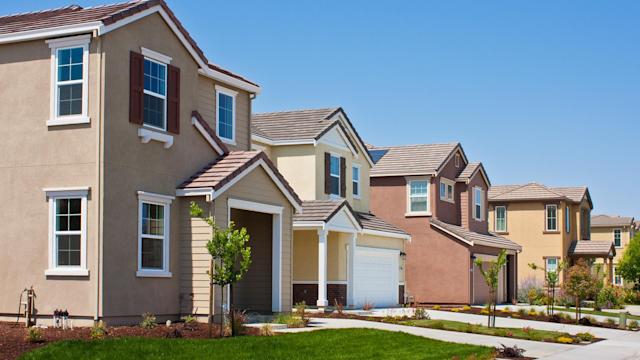HOUSING, sometimes referred to as dwelling, refers to the arrangement and assigned use of homes or other structures collectively, for the intent of sheltering human beings from weather extremes, for private or communal sanitary purposes, for the economic or social advantage of people in general, or for a specified number of years. Housings may be temporary shelters used in disasters or emergencies such as fires; they may also be permanent structures built by individuals or companies as permanent residences, such as apartments, which can be rented out to meet a variety of needs. Some housings are made to provide a living space for large numbers of people, while others are designed exclusively as private residences. Private residential hosures, usually for residential purposes, include such buildings as townhomes, condominiums, row homes, and townhouses.

HOUSING refers to any of a number of arrangements that may be used to make housing available. The availability of housing depends on the availability of available land and the population size and demographics of the targeted area. Some areas are highly urbanized, with higher incomes and greater density of population, while others are rural or suburban, having lower rates of population density and lower incomes. Urbanized areas tend to have more high-end housing options than do rural or suburban locations. In urbanized areas, housing can be concentrated in a small residential area.
One type of HOUSING is condominium housing. In this type, dwellings are individually owned by the unit owners. These types of units may share a common wall or different walls, and the units share common features such as common landscaping and central air conditioning systems. The term “condominium” comes from the French word meaning “housing constructed in an apartment-like manner.”
Another type of HOUSING is affordable housing. This term, as the name implies, refers to housing that is designed to meet the needs of low and moderate-income families. Many affordable housing developments are located in low-income or minority neighborhoods. Such communities are designed around common concerns such as affordable rents, security, and quality public services.
The primary objectives of the United States Department of Housing and Urban Development (HUD) are to promote the affordable development of homebuyers and to improve the quality of the community through comprehensive rental and HOUSING standards. The primary method of enforcement is the Real Estate Settlement Procedures Act (RESPA). RESPA was enacted by the United States Congress, using the Fair and Accurate Transaction Act (FACT Act), as its source of authority. FACT Act authorizes the Secretary to adopt regulations concerning the collection of fair and accurate data collection so that HOUSING standards can be developed consistent with the goals of the Fair Housing and the Prevention of Displacement Assistance Act (Fndra). The RESPA also establishes the procedure for making adjustments to property management if necessary to promote fair housing.
In order to qualify for a RESPA inspection, there must be an analysis by the Secretary of Commerce showing that a proposed residential development poses no undue adverse affect on the local economy. The United States Department of Housing and Urban Development’s (HUD) Office of the Chief Counsel, in conjunction with the Federal Deposit Insurance Corporation (FDIC), has been charged by the government to provide advice to the lenders on the compliance of mortgage backed securities programs with RESPA. The purpose of this office is to coordinate federal programs concerning housing developments in the greater community in order to promote affordable housing and to reduce the overall cost of mortgage loans. As a result of this ongoing obligation, a growing number of senior citizens have decided to stay in their homes rather than move to assisted living facilities.